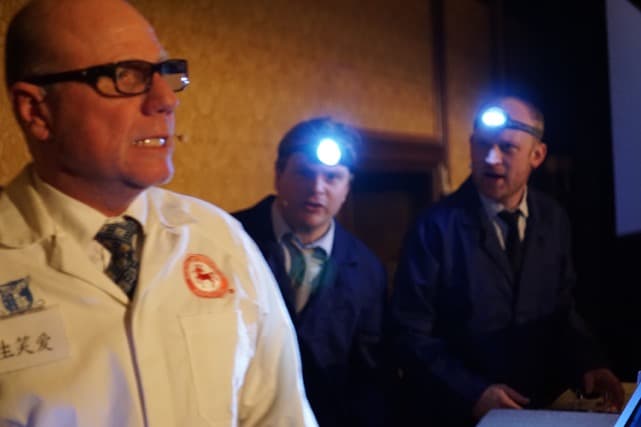The Victorian Government has concluded the public hearing section of its inquiry into Labour Hire. Industrial Relations Minister Natalie Hutchins has said in a media release that
“Evidence has been put to the inquiry suggesting widespread underpayment of award wages, tax avoidance, nonpayment of superannuation, poor occupational health and safety practices, maltreatment of workers and backpackers on visas, and, in some instances, allegations of illegal conduct.”
This article focusses on the occupational health and safety (OHS) evidence provided through the



 Most professionals, including occupational health and safety (OHS) professionals, support the use of stories or narratives or case studies to explain complex scenarios and situations. Recently, at the
Most professionals, including occupational health and safety (OHS) professionals, support the use of stories or narratives or case studies to explain complex scenarios and situations. Recently, at the